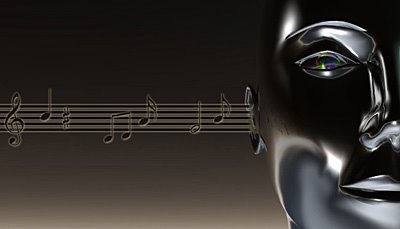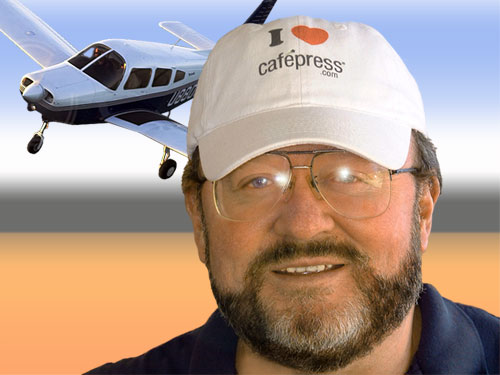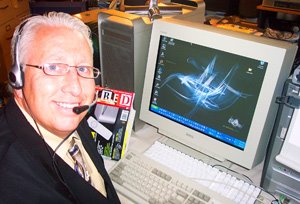New Sonic Brains
IT'S BEEN A LONG time since Creative has created a new audio processor architecture—a very long time, as in six years. The company has used its 10K1 audio chip and its derivatives (10K2, 10K25) to power the Sound Blaster Live, Audigy, and Audigy 2, respectively. The 10K2 bolted on a 96KHz/24-bit signal path, though the processor's effects engine retained its 48KHz maximum sampling rate, and Creative has added other functionality and features like DVD-Audio playback and THX certification. The company's most noteworthy recent product was its CardBus-based Audigy 2 ZS Notebook, which came out late in 2004. The new Audigy finally brought full-fledged Sound Blaster functionality to the laptop gaming crowd, giving laptop audio a seriously needed shot in the arm. Granted, there are other good CardBus-based solutions for music lovers out there like Echo Audio's Indigo I/O, but it lacks the ability to accelerate DirectSound3D or EAX in games.

There are rumors that Creative has a new architecture brewing in its Scotts Valley Advanced Technology Center (ATC), which also houses its pro audio subsidiary, E-MU Systems. Anticipate hearing some pretty big news from Creative in the first half of 2005.A reasonable question to ask: What else needs to be done to PC audio that can't be done already? Except for Creative, no other consumer PC sound card even has an onboard DSP anymore. Via's Envy 24 audio controller has become very popular, both with consumer sound card makers like Turtle Beach, Philips, and M-Audio, as well as in the pro audio space. Via acquired IC Ensemble, which originally built the Envy24, and has since brought out several incremental versions of it. In 2005, Via has bigger plans for the Envy24, including a mobile version that could be used in a CardBus (PCMCIA) implementation. This would offer an alternative to laptop users considering Creative's Audigy 2 ZS Notebook.
The Envy24 audio controller is capable and has proven its mettle in a variety of implementations, but the lack of a DSP core to handle effects processing does limit it, since it relies on the CPU for effects processing, and, for the most part, cannot process EAX-based effects in games. The Envy24 controller supports 24-bit/192kHZ audio resolution, has 8-channel inputs and outputs as well as a 20-channel, 26-bit wide built in mixer. This feature set, coupled with a good ASIO driver stack, makes the Envy24 well-suited for CPU-based synthesizer applications, which also do their effects processing on the host. It also fares well with pro audio apps like Cubase and Sonar, which also rely on ASIO for low-latency access to audio hardware. But in games, where complex audio effects processing can reduce frame rate, the lack of a DSP hurts the Envy24 somewhat, and it's unfortunate that the PC sound card business is so cut-throat that PC sound cards with onboard DSP can now only come from Creative. But on the discrete sound card market, the choices have essentially come down to Creative or Via.
Note from DC: What can we look forward to in 2005? Quite a lot, actually. PC audio is due for some changes, including new audio processors and some new speaker systems. However, the real innovations should occur with MP3 players and subscription services, both of which made good strides last year.




















0 Comments:
Post a Comment
<< Home